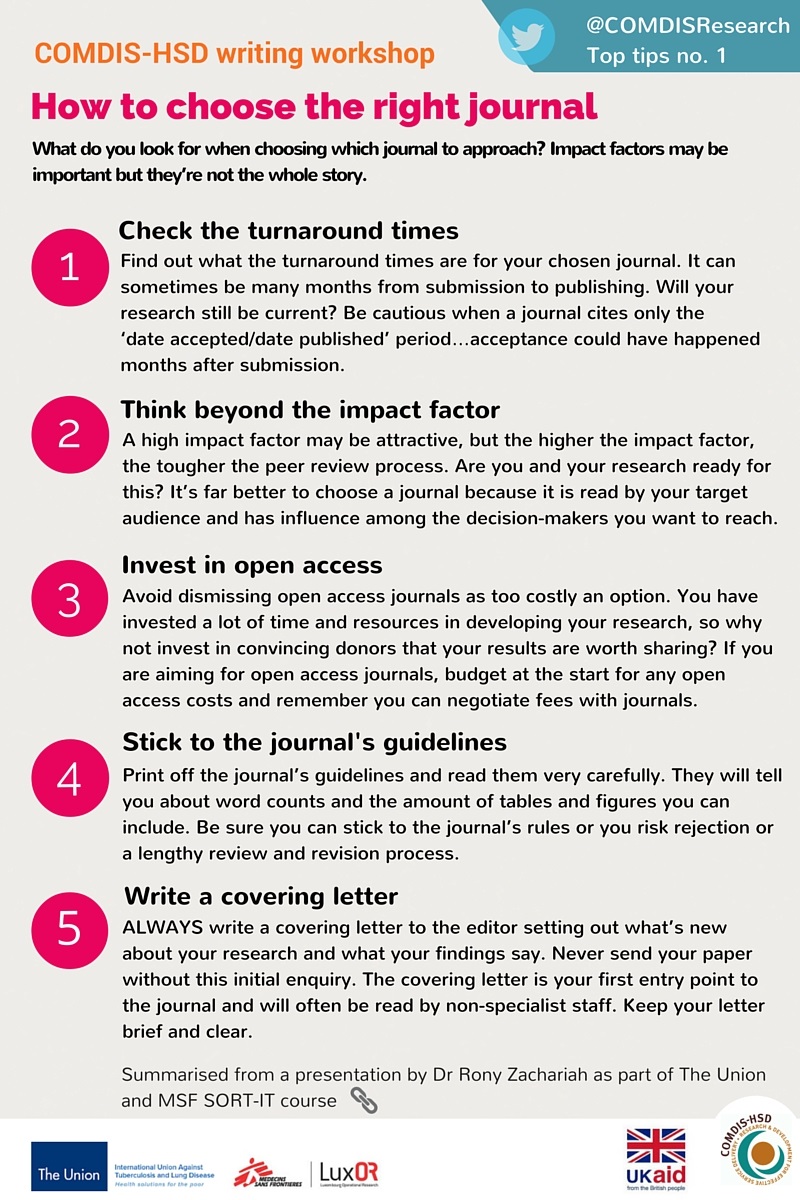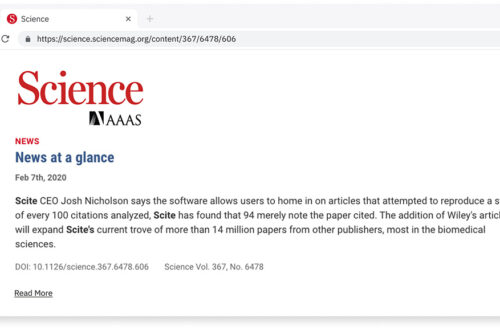Step-by-Step Guide to Publishing a Research Paper without Affiliation
Choosing the Right Journal
When publishing a research paper without affiliation, the first step is to choose the right journal for submission. Look for journals that align with your research topic and scope. Consider factors like the journal’s readership, impact factor, and acceptance rates to ensure your paper reaches the right audience.
Preparing Your Manuscript
After selecting the journal, focus on preparing your manuscript. Follow the journal’s guidelines for formatting, structure, and referencing. Ensure that your research is well-presented, clear, and concise. Proofread your work thoroughly to eliminate any errors before submission.

Research Paper Formatting and Style Guidelines
Citation and Reference Style
When preparing a research paper without affiliation, ensure to follow the journal’s guidelines for citation and reference style. Consistency is key in citing sources and listing references. Use a recognized citation style such as APA, MLA, or Chicago, and adhere to it throughout your manuscript to maintain clarity and credibility.
Abstract and Keywords
Craft a concise and informative abstract that summarizes your research objectives, methods, results, and conclusions. Choose relevant keywords that reflect the core themes of your paper. The abstract and keywords play a crucial role in attracting readers and search engines to your paper, so make sure they are well-crafted and reflect the essence of your research.

Submitting Your Research Paper
Online Submission Process
When submitting a research paper for publication, authors should follow the online submission process outlined by the specific journal or platform. This typically involves creating an account, providing manuscript details, uploading files, and confirming authorship information. It is essential to carefully review and adhere to the submission guidelines to ensure a smooth and successful submission process.
Peer Review Process
Upon submission, the research paper will undergo a peer review process where experts in the field evaluate the quality, validity, and relevance of the study. Authors should be prepared to address any feedback or revisions requested by the reviewers to enhance the paper’s credibility and impact. The peer review process plays a crucial role in maintaining the integrity and quality of published research.

Open Access Options and Copyright Considerations
Understanding Open Access
Authors are encouraged to consider open access options when submitting their research papers for publication. Open access allows for unrestricted online access to published research, making it more widely available to the research community and the public. By choosing open access, authors can increase the visibility and impact of their work while promoting greater knowledge sharing and collaboration within their field.
Copyright Permissions
Authors should also carefully review and understand the copyright considerations associated with publishing their research paper. It is essential to clarify ownership rights, usage permissions, and licensing agreements to ensure compliance with copyright policies. By addressing copyright permissions upfront, authors can protect their intellectual property and avoid potential conflicts or legal issues in the future.
Promoting Your Research Paper
Social Media and Networking
When promoting their research paper, authors can leverage social media platforms and networking opportunities to increase its visibility. Sharing the paper on platforms like Twitter, LinkedIn, and ResearchGate can help reach a wider audience and engage with peers in the academic community. By participating in relevant discussions, authors can build connections and attract more readers to their work.
Academic Platforms and Repositories
Authors can also promote their research paper by submitting it to academic platforms and repositories like arXiv, PubMed Central, or institutional repositories. These platforms provide a centralized location for researchers to access and discover scholarly work, enhancing the paper’s accessibility and potential impact within the academic community.






